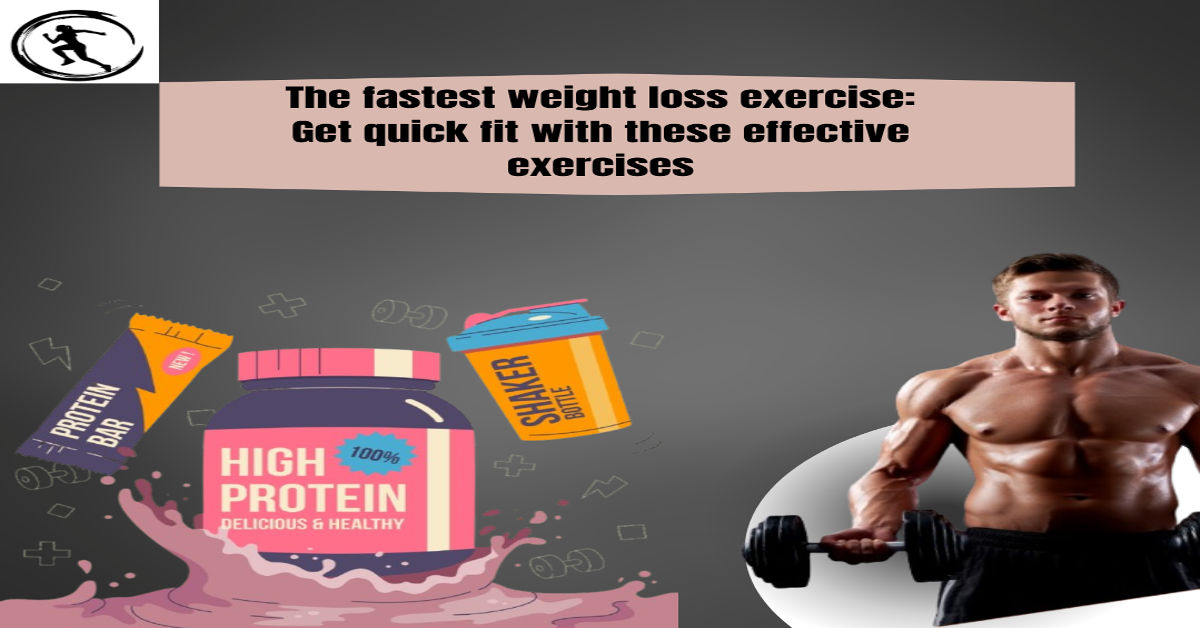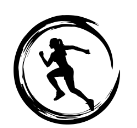The fastest weight loss exercise Get quick fit with these effective exercises

March 22, 2025
0 Comments
Want to lose weight fast? The quickest weight loss exercise may be the key to your fitness success. If you’re short on time or simply seeking ways to boost your
